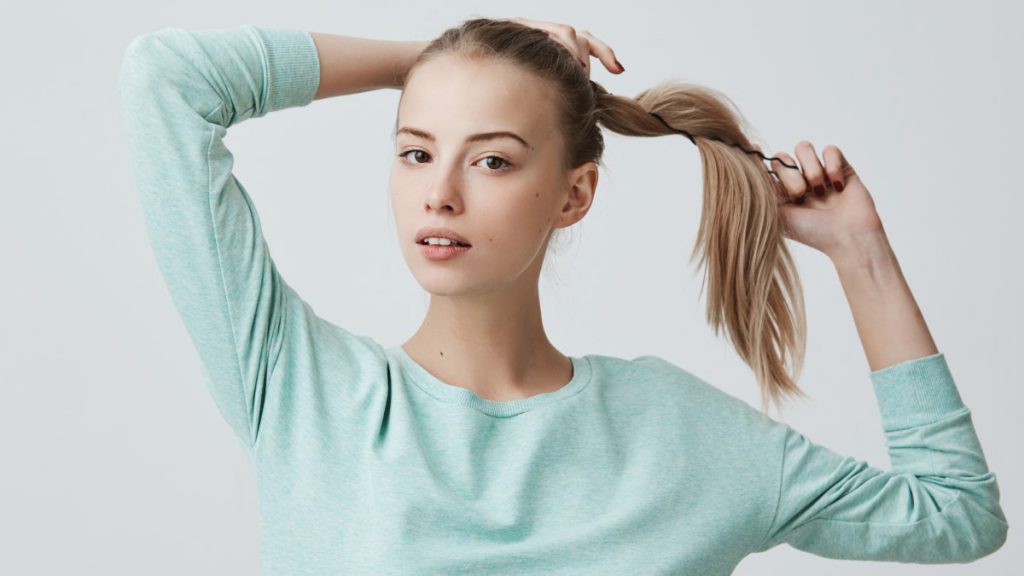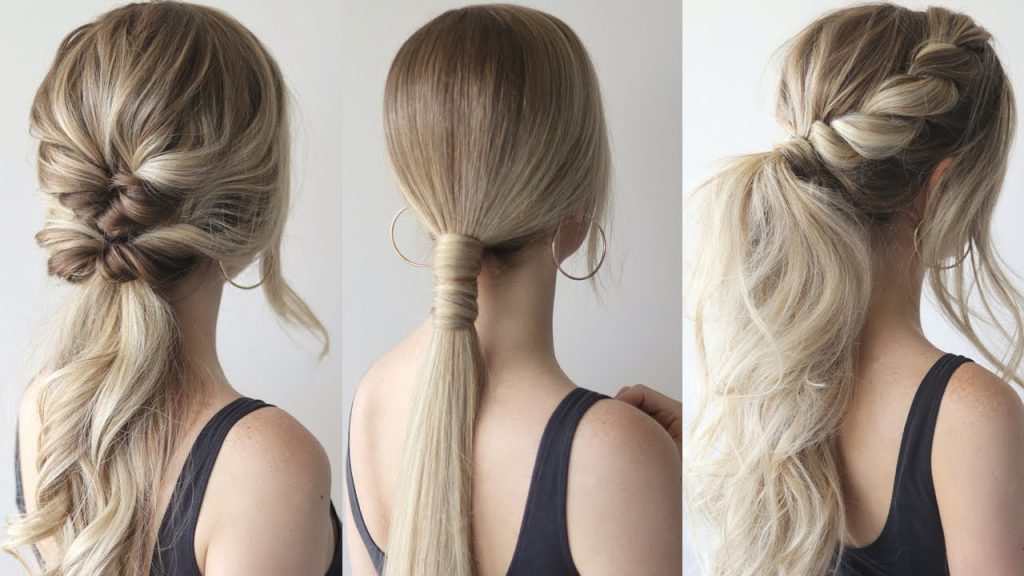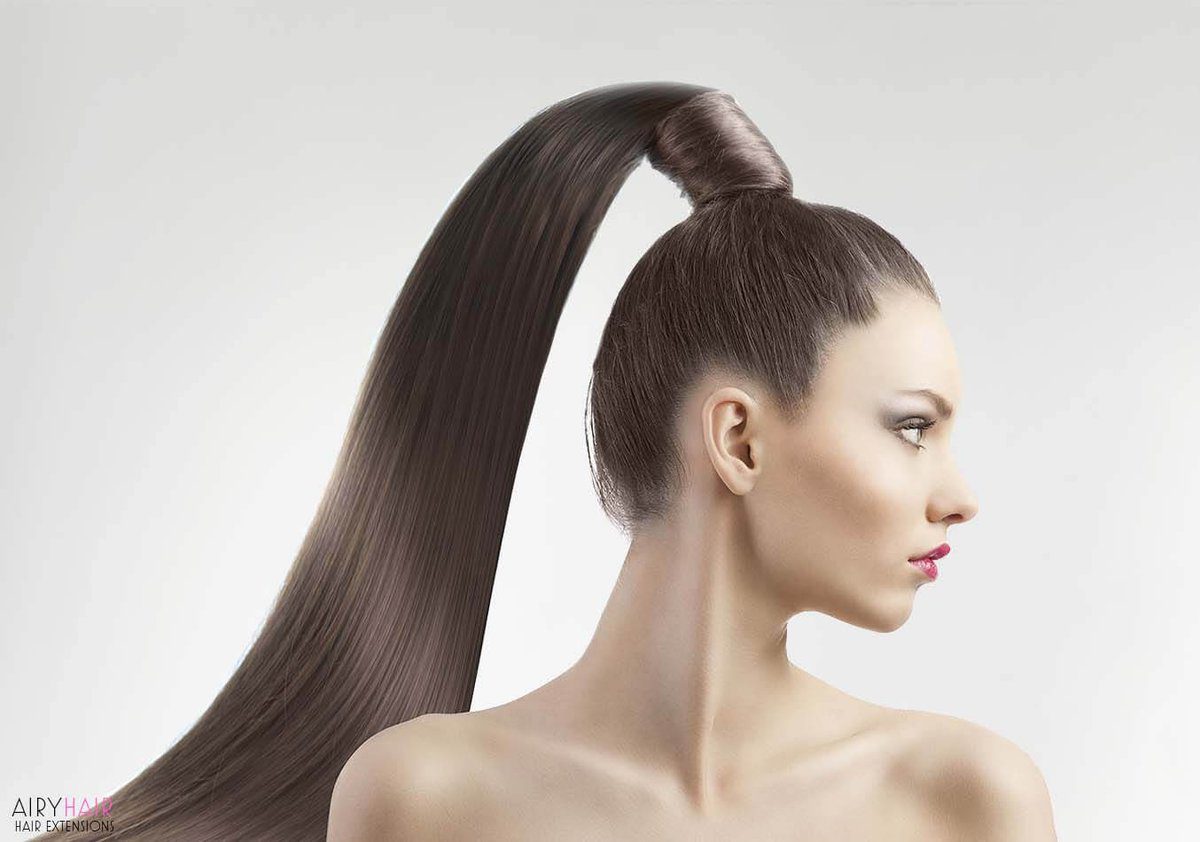Every single girl who has ever worn their hair in a ponytail can vouch for this when I say that when left in for too long they can give you a nasty headache. This usually results in not being able to touch your head for a couple of seconds followed by a full-on head massage.
A number of Americans readily use large sums of money for trendy haircuts or trips to salons. But some hairstyles can carry unforeseeable costs to your health and hair. Tight ponytails and other hairstyles that pull on the scalp for prolonged periods can result in irreversible hair loss and medical condition. There are no figures on how many people in the United States have experienced the problem, but it is probably most common in women and children.
Pulling the ponytail tight strains the tissue in the scalp which causes the headache. Also, such a tight ponytail increases the risk of tension alopecia which is a hair loss condition. Ponytail caused headaches are usually dependent on the amount of hair someone has.
Read Also: Sorry, No Manipulations With Clipboard Allowed
If a person has very long, thick hair the stress of the ponytail pulling on the scalp can sometimes even lead to back and neck pain. Even though there aren’t any nerves in your hair that might sense pain still there are extremely sensitive nerves present underneath your hair follicles and in your scalp.
When a ponytail triggers a sensation of tightness in too many of those nerves at once, a headache can result. A tight ponytail gives an external compression headache, which is caused by a stimulus that’s outside your head.

Here are 4 consequences that we suffer due to a tight ponytail
1. Migraine
Oftentimes, those who experience headaches while wearing a ponytail are already migraine-prone. People don’t realize they have a migraine because it’s often undiagnosed. Migraine has proved to affect about 12 percent of the population and roughly about 18 percent of them are women.
When you put your hair in a tight bun or ponytail, or a weave or extensions, that will pull the nerves in the scalp. The tight pulling of the nerves will activate the sensory nerves, even more, resulting in a severe headache. Research has found out that this phenomenon is called cutaneous allodynia.
It is the perception of pain due to an otherwise non-painful stimulus. Even if you are not experiencing frequent migraine attacks, anyone can be susceptible to ponytail pain. The tight ponytail eventually will lead to cause migraine with physical strain, tension, or compression activating those nerves’ sensory endings.
2. Hair Loss:
A tight ponytail is a common reason for hair fall & hair loss. Even though most of the women have the habit of keeping their hair secured in a ponytail they don’t realize that it can lead to weak hair and hair fall problem. It is important to be aware of these things if you also make a ponytail every day.
Going to bed with the ponytail can cause strain and stress on the scalp. On top of the headaches and other aches people get from ponytails, they are also a great way to damage one’s hair.
Rubber bands are the worst enemy for your hair. They seem like an easy fix when you need to get stray hairs out of your face for tenuous activities like gyming etc or if you’re feeling hot, but rubber bands cause breakages. People suffering from hair loss due to tight ponytail should immediately start taking precautions.
3. Traction Alopecia:
The
word alopecia simply refers to hair loss in the medical condition. Traction
alopecia is a medical condition of heavy hair loss that’s caused by repeatedly
pulling on your hair. Individuals particularly woman develops this condition if
you often wear your hair in a tight ponytail.
Also, bun, or braids, especially if you use chemicals or heat on your hair can
be the reason for alopecia too. Traction alopecia can be cured if you stop
pulling your hair back. But if you don’t start your treatment soon enough, the
hair loss may be permanent.
Early on, traction alopecia might show up as little bumps on your scalp that
look like pimples. As the condition of alopecia progresses, the main symptom
you can see will be hair loss and broken hair. The hairs that are along the
front and sides of your scalp and face are most often affected.
4. Balding:
Balding occurs when the problem is ignored long enough. But if detected early, it can be reversed. The first signs are inflammation of the follicles, thickened or scaly skin, and in some cases small pustules. In due time people going through with the condition may notice large amounts of broken strands around their scalps.
The hair, instead of being thick and long, becomes thin and short. People might start to notice the distribution of hair loss that will vary from one person to the next. You can observe that in a person wearing a tight ponytail, for example, will be facing the damage of balding starting from the back of the head.
It can be avoided altogether by limiting the use of tight ponytail and chemical strengtheners. Also by trying to relax the tension on the scalp.

Precautions for a tight ponytail
1. Massage your scalp:
If you are suffering from a headache or any of the above-mentioned consequences due to your ponytail, the first method of action is to take your hair down. Start by massaging your scalp gently in the area where you usually feel pain.
2. Relax your muscles & mind:
Take a moment to breathe deeply and relax the muscles and your mind. This will benefit you if you have an external compression headache. It should go away within an hour of removing your ponytail.
3. Reconsider your hairstyle
If you are frequently experiencing this kind of headache, you may need to reconsider your hairstyle. Getting your hair out of the way with a loose hairband or keeping your hair down for a period of time is an alternative you might consider.
So, there you have it 4 consequences of wearing tight ponytail & precautions to treat the consequences.







